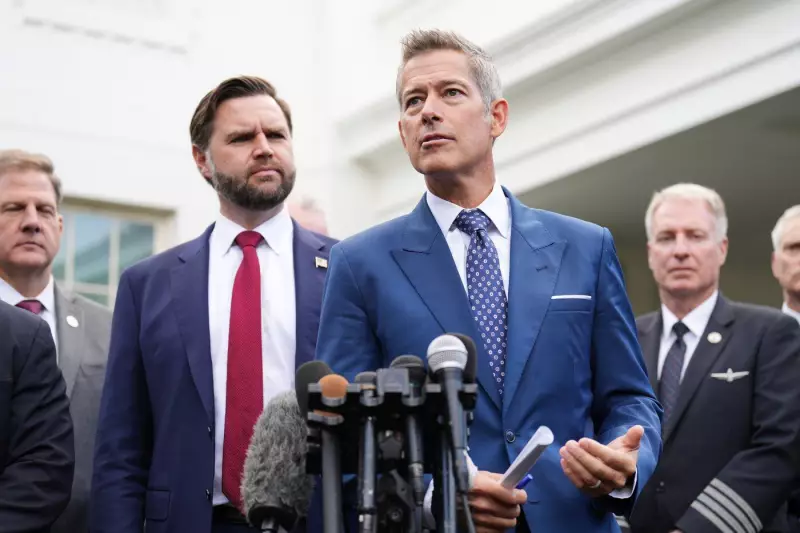
The United States aviation system is facing mounting pressure as a critical shortage of air traffic controllers contributes to widespread flight delays, with industry experts warning the situation could escalate as the partial government shutdown nears its one-month milestone.
The staffing crisis has become increasingly apparent across major US airports, where controllers are working without pay while managing complex air traffic patterns with reduced personnel. The Federal Aviation Administration has confirmed staffing challenges at key facilities, including major hubs in Florida, which are creating ripple effects throughout the national airspace system.
Staffing Shortages Create Domino Effect
According to aviation officials, the shortage is particularly acute at air traffic control centers along the Florida coast, where winter travel demand remains high. These facilities manage high-altitude airspace across multiple states, meaning staffing issues in one region can impact flights hundreds of miles away.
The situation has become so severe that the FAA has taken the unusual step of extending the spacing between aircraft arriving at major Florida airports. This precautionary measure, while enhancing safety, has significantly reduced the number of flights that can land per hour, creating delays that cascade throughout the system.
Government Shutdown Compounds Existing Problems
The current staffing crisis didn't emerge overnight. Even before the shutdown, the FAA was grappling with a years-long shortage of qualified air traffic controllers. The partial government closure has now exacerbated these pre-existing challenges, forcing approximately 10,000 controllers to work without pay.
Transportation Secretary Elaine Chao acknowledged the growing concerns, stating that officials are "monitoring the situation carefully" as the shutdown's impact on air travel becomes increasingly visible to the traveling public.
Safety Remains Paramount Despite Challenges
Aviation authorities emphasize that safety remains the top priority, with all operational decisions being made with passenger security in mind. The extended spacing between aircraft, while contributing to delays, represents one of several measures implemented to maintain safety standards during this challenging period.
However, industry observers note that the continued strain on the system raises questions about how long controllers can maintain peak performance while working without compensation. The potential for increased errors or fatigue-related incidents grows with each passing week of the shutdown.
Travelers Face Uncertain Future
For passengers, the controller shortage translates to longer wait times, missed connections, and growing uncertainty about travel plans. The aviation system's interconnected nature means that delays originating in one region can quickly spread to affect flights across the country and beyond.
As the shutdown continues with no immediate resolution in sight, travelers are advised to build additional buffer time into their itineraries and stay informed about potential disruptions through their airlines and flight tracking services.





